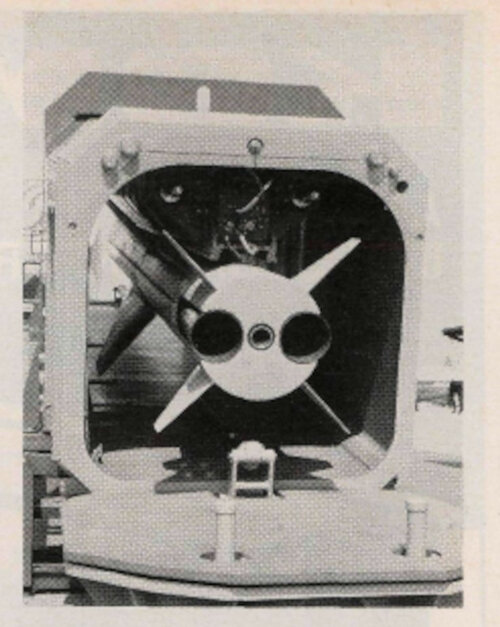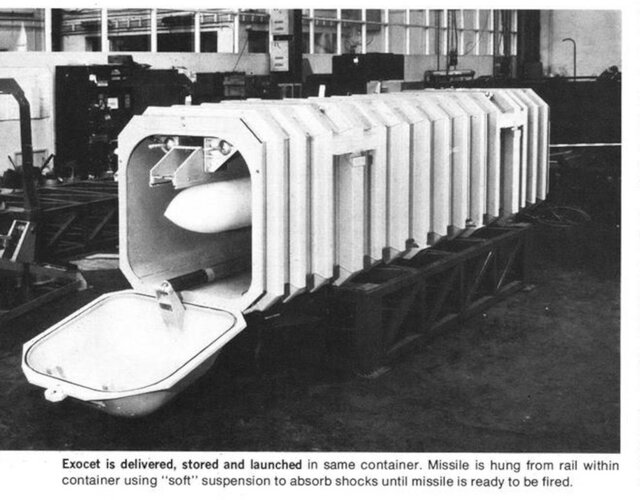Abstract
There are innovations at the technical level that have their impact at the
tactical one. When they appear even if they are not sufficient to change the
outcome of a conflagration, they obligate us to rethink the use of specific
means, creating a potential “game-changer.” That is the case of an operation
called UKA-UKA. The Argentine navy decided to dismantle an Exocet missile
launcher “Mar-Mar 38” improvising a rustic, albeit effective coastal defense
that seriously oversaw HMS Glamorgan, a destroyer of the Royal Navy, causing a change in the operating conditions of ships approaching the shores
of the Falkland Islands. The development came too late to have a marked
effect on the war. It should be noted that in terms of creativity, moments of
tension, crisis and conflict can also be excellent catalysts for the “eureka”
event, which shows that creativity is not limited to certain conditions that are
considered Optimal. On the contrary, creativity appears in situations that are
far from being considered optimal in the military world



